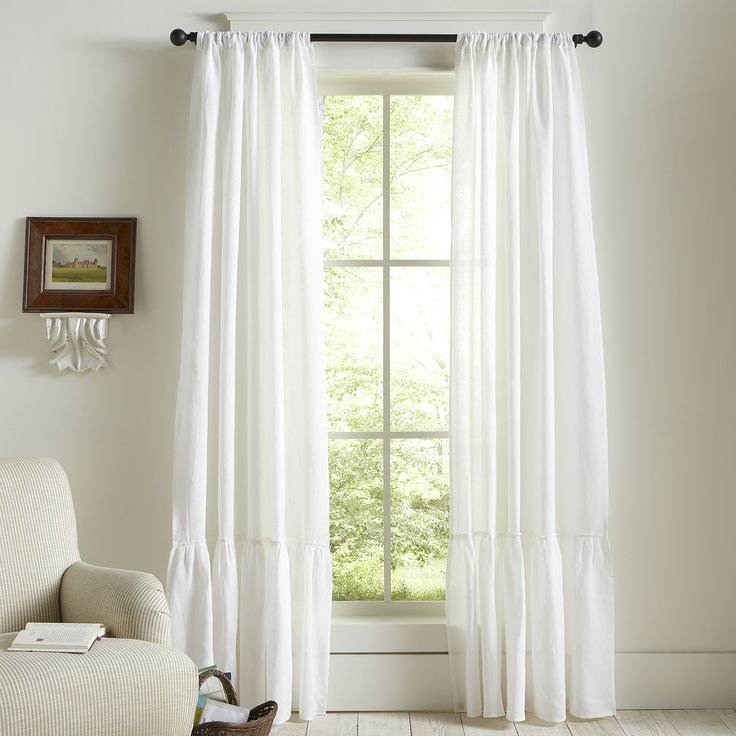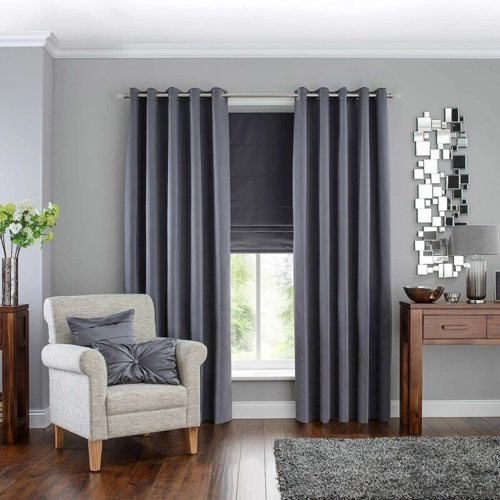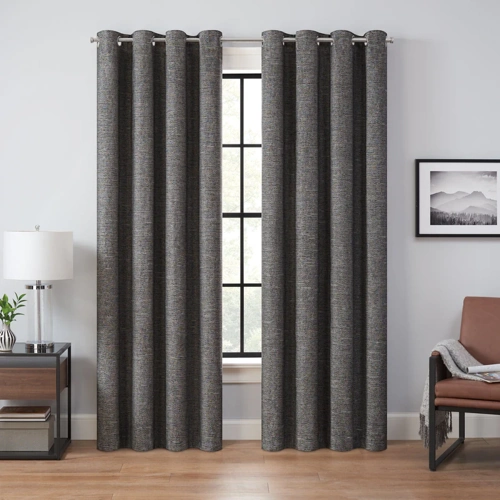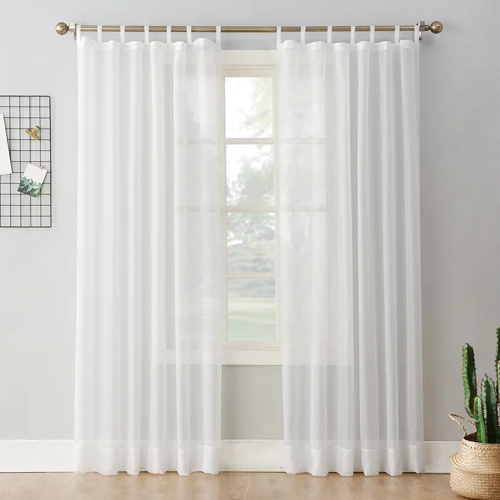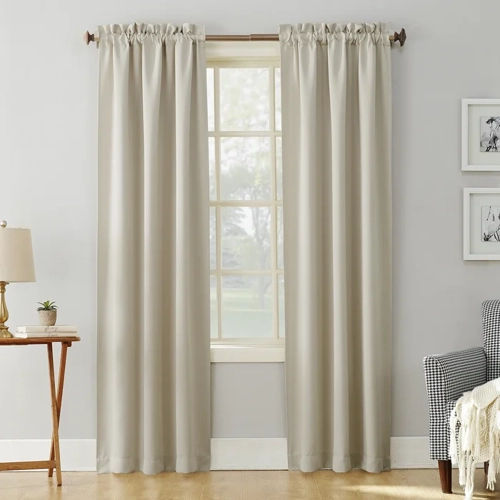Thinking of something classy yet durable as a flooring option? Then, there it is-luxury vinyl flooring. But even the most durable of floors cannot escape scratches. Be it because of moving furniture, playful pets, or just day-to-day traffic. Those scratches will appear one day. Fear not, though. Scratches are pretty easy to fix.
Just a few basic tools and some simple tricks are all you will need. Light scratches disappear with polish, while deeper ones require repair kits. In either case, your floors will look absolutely new in a very short time!
In this step-by-step guide, learn how to fix everything from light surface marks to deeper gouges in your luxury vinyl flooring and bring back its pristine appearance.
1. Types of Scratches
Before making any repairs, one must identify the severity of a scratch. Scratches on vinyl floors generally fall into three categories:
- Light Surface Scratches: This would scratch only the top layer and usually be the easiest of all to repair.
- Minor abrasions: The scratch is deeper into the floor but not to the core.
- Deep scratches or gauges: these are the most serious and could require replacing the plank or using a repair kit.
Knowing what type of scratch it is helps in knowing what kind of tools and method one needs to fix it with.
2. Materials Needed for Scratch Repair
To repair scratches on your luxury vinyl flooring, you will need basic tools. Most of these are easily available at the local hardware store:
- Soft microfiber cloths
- Mild soap or specialty vinyl floor cleaner
- Fine-grit sandpaper 400-600 grit
- Vinyl floor polish or scratch remover
- Wax sticks or vinyl floor touch-up kits in various shades
- Putty knife – for deep scratches.
- Heat gun or hair dryer optional if for gouges
- Replacement planks wherever necessary
With the right tools available, you’re ready to go to fight those unsightly scratches.
3. How to Repair Light Surface Scratches Step by Step
Surface scratches are such a pain, but don’t fret: they are super common and usually quite easy to fix. A bit of elbow grease will do the trick in taking out those pesky marks and making things fresh again. Follow this step-by-step guide and smooth those scratches off to make your surfaces shine.
Step 1: Clean it up
First, clean the scratched area with a microfiber cloth and some mild soap or vinyl cleaner. You want to remove all the dust and dirt so the polish or scratch remover sticks well.
Step 2: Application of Scratch Remover
Take some small amount of vinyl floor polish or scratch remover. Dampen a soft cloth with a little polish or scratch remover and rub in circular motions, starting from the outer edge going in, over the scratch. Let it dry completely; just follow directions on the bottle.
Step 3: Buff It Out
When it is dry, use a clean microfiber to buff the area. The shine and smoothness come right back, making light scratches disappear like magic!
4. How to Fix Small Scratches in Vinyl Flooring?
If the scratch is a little deeper, then one has to roll up his or her sleeves for trickier repair. But not too complicated! Take a look at these steps to renew your floor’s finish to look just like new. Ready? We will dive deep into working through that scratch.
Step 1: Lightly Sand the Scratch
Light-sand the scratched area with 400-600 grit sandpaper to smooth out the rough edges. Be extra careful with sanding, as you would not want it to be hard enough to damage the surrounding area floors.
Step 2: Wax Stick or Vinyl Touch-Up Kit
Once the scratch is smooth, get a wax stick or vinyl touch-up kit in a color matching your flooring. Apply the wax directly into the scratch using even pressure to do so. You could use a putty knife to evenly distribute the wax.
Step 3: Buff and Seal the Area
After waxing, buff the area with a soft cloth so that it will merge with the rest of the floor. As a final step, seal with varnish or vinyl polish to protect the repair and reinstate the floor’s finish.
5. Repairing Deep Scratches or Gouges
Deep scratches or gouges may sound daunting, but actually, it’s possible to repair them yourself with the right tools and a little patience. How?
Step 1: Scratch and Sand
First, clean the scratch as best you can with soap or vinyl cleaner. Once dry, take sandpaper of fine grit and lightly smooth out the edges of the gouge. Used to help the repair compound adhere.
Step 2: Apply Vinyl Repair Compound
Deep scratches are best dealt with using a vinyl repair kit. These usually include a colour-matching compound that fills in the gouge. Mix the repair compound according to the instructions on the kit. Using a putty knife, fill the scratch with the compound. Try smoothing it out to be even with the surrounding floor. Allow the compound to dry according to instructions.
Step 3: Apply Heat to Larger Gouges – Optional
If you’re dealing with a larger gouge, using a heat gun or hairdryer can soften the vinyl. It will allow you to gently press the material back into place.
Step 4: Application of a Sealant
Once the area has dried, complete the job with an application of vinyl floor sealant over the repair to protect it. This will prevent the scratch from allowing moisture in and will extend the life of your flooring.
6. Replacing a Vinyl Plank: When Repairs Won’t Work
Sometimes, scratches could be too deep to repair or too long and wide to replace; hence, the best solution is to replace the affected plank. Here’s how you will replace the vinyl plank:
Step 1: Removing the Damaged Plank
If it is a click-and-lock system, carefully remove the planks surrounding the damaged plank to expose it and unlock it. If this were glued-down vinyl, one would cut around the damaged plank with a utility knife and carefully lift it off the floor.
Step 2: Install the New Plank
Install the new plank by essentially clicking it in or hit it in with adhesive if this is a glued-down
system. Set the plank up so that it’s perfectly aligned with those around it.
Step 3: Seal the Edges
Once the new plank is in place, work a vinyl seam sealer around the edges to converge toward the inside from moisture intrusion, making sure of a seamless finish.
7. How to Avoid Scratches on Vinyl Floors?
Luxury vinyl flooring looks fresh and scratch-free: Now that your luxury vinyl floor is all clean and looking fresh, let’s maintain it at least that way. Here are some super-simple ways to avoid scratches in the future:
Furniture Pads: Place felt pads or cups under the legs of chairs, tables, and other heavy and moveable pieces of furniture, to avoid scratching the floor when moving items.
Area Rugs: Throw down some stylish area rugs in high-traffic areas or under furniture to act as a sort of barrier and keep at least some of the scratches at bay.
Regular Cleaning: Dust and dirt are sneaky scratch culprits. A quick vacuum or sweep every now and then will keep your floors clean and scratch-free.
Pet Care: Got pets? Keeping the nails of your pets trimmed should help to avoid scuffing of your floors when they go racing around the house.
Move Careful: Any time you move something that is heavy, always be sure to lift it and not drag it across the floor for any damage. Just a few simple steps like these will keep your vinyl flooring looking new for years.
Conclusion:
Scratches in luxury vinyl flooring are quite a pain, but most can be easily repaired if the right approach is used. Be it light surface scratches or deep gauges, the solutions proposed below will help you restore your floor to its flawless look.
With a few simple tools and a bit of patience, your vinyl flooring will look good as new, ready to take on everyday wear and tear once again.









